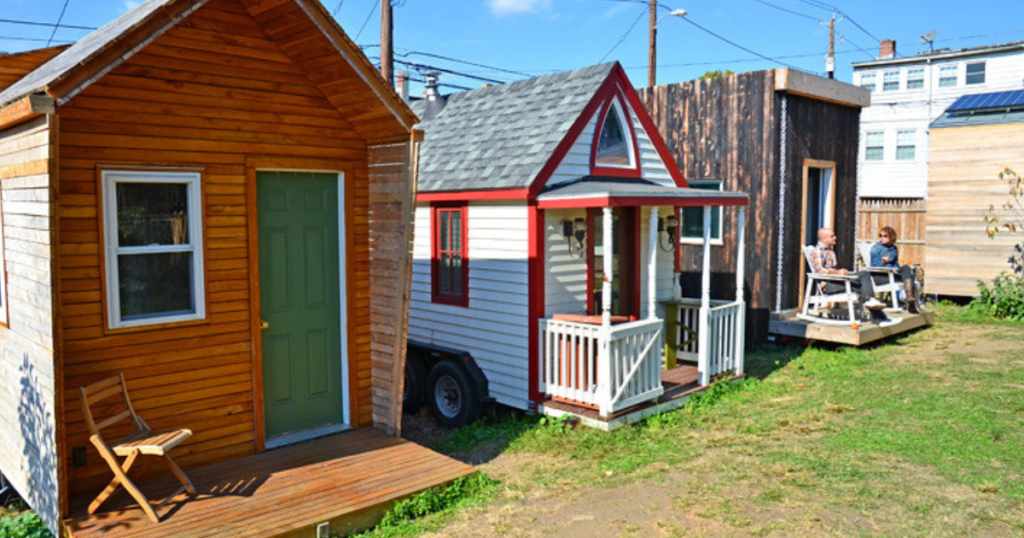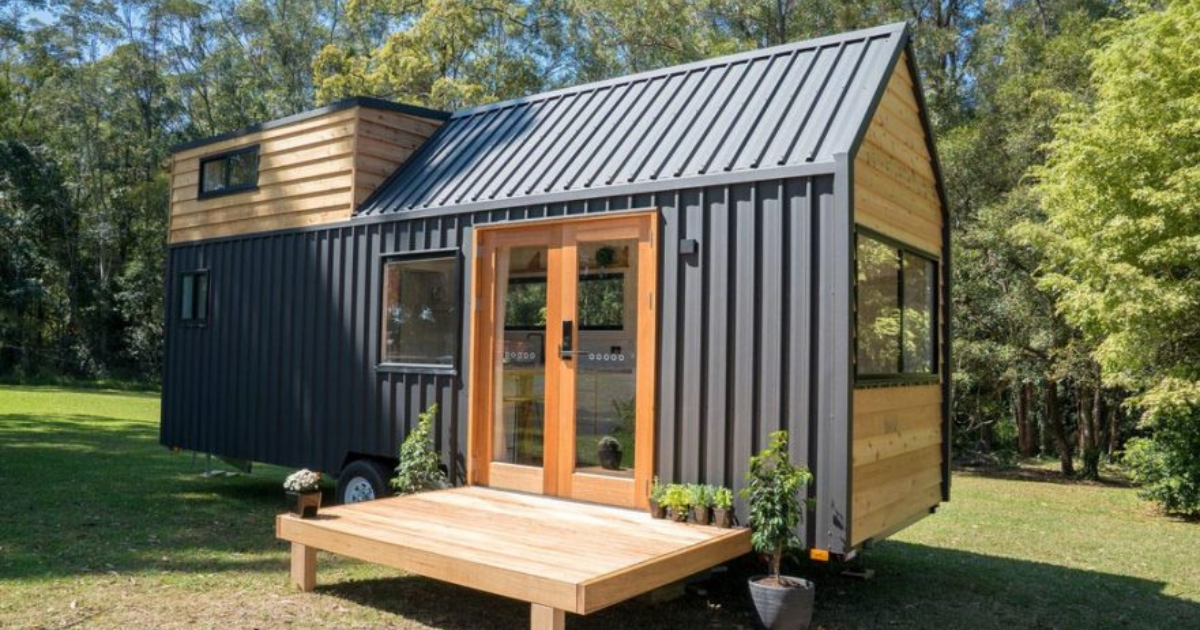In a world scuffling with environmental challenges and a growing mindfulness of our carbon footmark, the conception of sustainable living in tiny homes has gained traction. One personification of this movement is the rise of bitsy homes — a minimalist life that not only simplifies our living spaces but also contributes to a greener earth. As we explore the crossroad of sustainability and minimalism, the bitsy house movement emerges as a lamp of stopgap for those seeking aneco-friendly way of life.
Table of Contents
Sustainable Living in Tiny Homes Phenomenon
bitsy homes, generally ranging from 100 to 400 square bases in size, have captured the imaginations of people worldwide. The movement isn’t just about denting but is a deliberate choice to live with lower, promoting a simpler and further sustainable actuality. bitsy houses are designed to maximize space effectiveness while minimizing environmental impact, offering a compelling volition to traditional casing.
Environmental Benefits
The environmental benefits of bitsy homes are multifarious. Reduced energy consumption is a significant advantage, as lower spaces bear lower heating, cooling, and lighting. also, the accoutrements used in constructing bitsy homes are frequently sourced sustainably, and numerous builders prioritizeeco-friendly practices. This contrasts sprucely with the resource- ferocious nature of traditional home construction.
Bitsy homes also encourage a further aware approach to consumption. Living in a compact space necessitates a curated selection of effects, discouraging inordinate buying and promoting a shift towards a more conscious and sustainable life. The mantra of” lower is further” becomes a guiding principle in the pursuit of sustainable living in tiny homes.

Minimalist Living in Action
bitsy homes embody the substance of minimalist living. Every square bottom is precisely considered and optimized for functionality. Multipurpose cabinetwork, clever storehouse results, and a focus on essential requirements characterize the innards of these compact residences. The emphasis isn’t on privation but on thoughtful living — choosing what adds value and discarding the rest.
This minimalist approach extends beyond the physical space into diurnal habits. residers of bitsy homes frequently find themselves more connected to the terrain, spending further time outside and cultivating a stronger appreciation for nature. The shift towards a simpler life can lead to reduced stress and an increased sense of well- being, fostering a harmonious relationship with the earth.
Community and Collaboration
The bitsy house movement isn’t just a solitary bid; it thrives on community and collaboration. bitsy house townlets and communities are arising, fostering a sense of participated responsibility for sustainable living. coffers similar as water and electricity are frequently collaborative, farther reducing the environmental impact per capita. This sense of collaborative living promotes a support system that goes beyond the structural confines of the bitsy home itself.

Challenges and Considerations
While the bitsy house movement holds pledge for a greener earth, it isn’t without its challenges. Zoning regulations, erecting canons, and societal morals frequently present obstacles to the wide relinquishment of bitsy homes. likewise, the movement requires careful consideration of the trade- offs between minimalism and essential amenities, similar as access to water, sanitation, and healthcare.
Conclusion
Sustainable living in bitsy homes represents a conscious choice to tread smoothly on the earth. It’s a testament to the idea that a lower ecological footmark isn’t synonymous with immolation but rather an grasp of a richer, more purposeful way of life. As the bitsy house movement earnings instigation, it stands as a lamp of stopgap for a future where sustainability and minimalism attend, proving that living with lower can indeed be a path to a greener, more harmonious earth. In the grand shade of environmental conservation, the bitsy house is a sew that, when multiplied, holds the implicit to weave a further sustainable future for generations to come.










